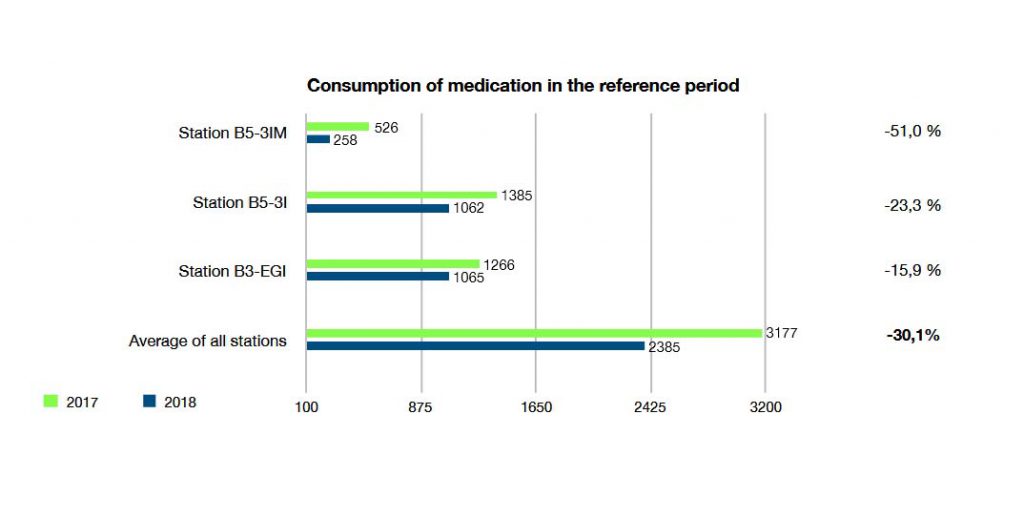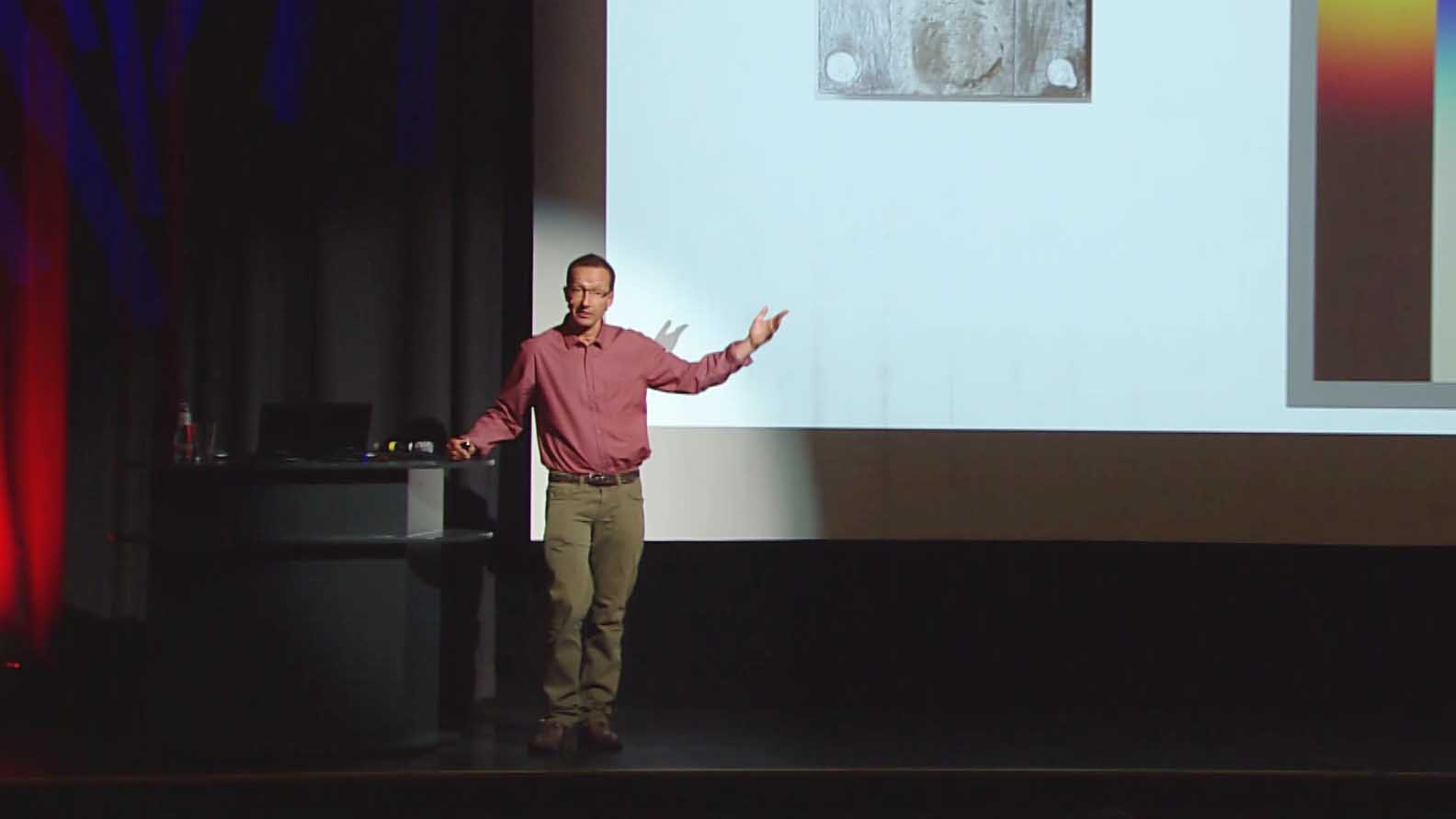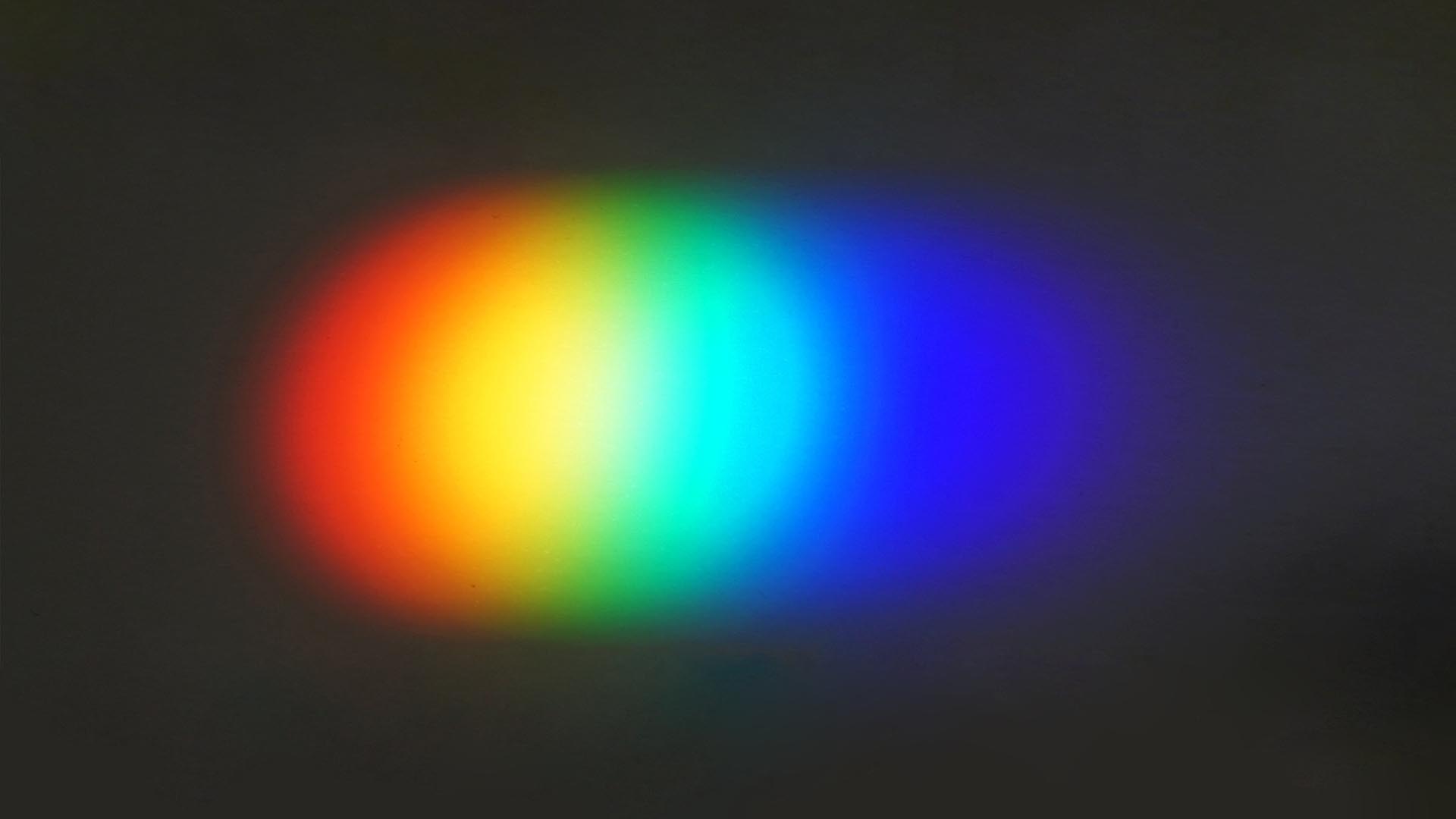Assessment of the psychological and medical effects of the environmental factors colour and light on patients and staff in the department of intensive-care medicin
Project partner
Prof. Dr. Axel Buether
University of Wuppertal
Faculty of Design and Art
Gaußstraße 20
42119 Wuppertal
Dr. Gabriele Wöbker
Head physician of the clinic in intensive-care medicine
HELIOS University Hospital Wuppertal
University Witten/Herdecke
Location and extent of the study
HELIOS University Hospital Wuppertal – clinic of intensive-care medicine A) Surgical intensive care unit, house 2, 8 patient rooms, 15 beds B) Nonsurgical (internistic/neurological) intensive care unit, house 5, 10 patient rooms, 20 beds
Period of the examination
24 months (2017/18)
Research questions
1) Which impact has the design of colour and light in intensive care units on the well-being and health status of the patients?
2) Which impact has the design of colour and light in intensive care units on the motivation to work, the demeanour, and the well-being of the medical as well as the nursing staff?
3) Which impact has the design of colour and light in intensive care units on the consumption of med-ication?
Summary of the results
The effects of colour and lighting design, which have been observed in the scope of qualitative and quantitative research, are significant in terms of patients as well as staff. The survey of the patients as well as the interviews of the staff prior to and after the implemented measures of renovation provide evidence for the efficacy of the psychological environmental factors colour and light on the well-being and the satisfaction of the human. The perception of the factors of design increased concerning the patients about averagely 32,3%, con-cerning the staff even about 40,8%. The highest increase occurred at the patients besides the evalu-ation of the colour design (62,7%) at the sensation of privacy, which improved by 55,2%.At the staff, the highest increase was recorded likewise at the colour design of 75,6%, followed by the perceptible improvement of the quality of artificial lighting by 54,3%. This factor is all the more ex-ceptional as the new illuminants were disregarded for financial reasons. The available neon illumin-ants were replaced by LED illuminants with an index of colour reproduction of 90, whereby the colour of the rooms seemed relatively natural. The colour temperature of the light was kept warm white (3.000 K) in the rooms of the patients and the staffrooms. On the corridors and the functional rooms, however, cold white resp. daylight white was used. The contrast generates a ‘shift of the atmosphere’, through which the staffrooms appear perceptibly cosier, warmer, and securer. Moreover, perceptions such as slow movement and calmness were described. The effects of the factors of the room colour and light not only extent to the perception of the architec-tural room, but also to the welfare. The ‘wellness-atmosphere’ room impression of the staffrooms and patient rooms, titled by people concerned, provides a more effective care. The evaluation of the meas-ures of care increased at the patients after the renovation by 28%. These indirect effects were also ob-served at the staff, whereby the satisfaction of work on average increased by 12%. The consumption of medication could be reduced distinctly. At the benzodiazepines, no significant changes were observed. At the acute-neuroleptics (haloperidol, risperidone, chlorprothixene etc.), per-spicuous changes occurred. In the reference period, the consumption decreased by averagely 30,1%.
Reason and target of the study
Reason for the present study was the current scientific discussion within the scope of intensive-care medicine on the negative effects of a prolonged delirium on the morbidity and mortality of patients. Next to the treatment with pharmaceuticals, today, further influencing variables are increasingly looked for, which benefit the well-being and the recovery of patients and can prevent a delirium. In this correlation, the perception of the architectural room gets into focus, especially the atmospherical effects of clinical environments. Hitherto, there exist worldwide only a few studies which prove the influence of the architectural room on the well-being and the health status of humans. This gap in re1-search applies to the entire range of medical institutions. Within the scope of intensive-care medicine, this issue operates particularly problematic as the clinical environment benefits negative emotions such as fear, panic, disorientation, loneliness, and depression. These effects can endanger life and health of patients. In this context, the effects of the architectural room on the well-being and the job satisfaction of the medical as well as the nursing staff have to be taken into account.
¹Richter, P. G. & Ragaller, M. (2003) Assessment of a in terms of colour redesigned intensive care unit room by patients and staff. Dresden, 1Research Paper, TU Dresden. Roger S. Ulrich (2002) Health Benefits of Gardens in Hospitals, Center for Health Systems and Design, Colleges of Architecture and Medi-cine Texas A & M University College State, TX 77843 R. B. Tofle, B. Schwarz, S. Yoon, A. Max-Royale (2004), Coalition for Health EnvironmentColor In Healthcare Environments – A Research Report Sh. J. Bosch, R. Cama, E. Edelstein, J. Malkin (2012) The Application of Color in Healthcare Settings
Framework of the study
An opportunity for this study was offered on occasion of the approaching measures of renovation of the wards B3-EGI and B5-3I as well as B5-3IMC of the clinic in intensive-care medicine in the HELIOS University Hospital Wuppertal. The measures of renovation were limited to a new coat of paint-ing of the walls, ceilings, and doors as well as the replacement of the entire illuminants. For financial reasons, it had to be refrained from the renovation of the floors, furnishings, and medical technology. The valuations of patients and staff were gathered quantitively as well as qualitatively by question-naires and interviews prior to and after the renovation. To minimise bias like the impression of nov-elty, the survey was conducted not until 3 months after the occupation of the renovated rooms. The consumption of medication was documented evaluated in a representative reference period of 9 months prior to and after the renovation. Evaluations of the state of disease of the staff as well as fluc-tuations at the shift of staff are supposed to take place at a later point in time. The entire measure was documented cinematically.
Differentiation
In this study, we restricted to the investigation of the visual influencing variables colour and light. Other factors of perception such as acoustics (language, noises), scent (cleaning and disinfection solu-tion, material), and taste (food, medication) were disregarded in this study, and yet should be subject of further examinations. The second emphasis of this investigation was formed by the effect of the architectural influencing variables colour and light on the well-being and the satisfaction of the medic-al and the nursing staff, whose influence on the health status of the patients is not to be disregarded. The severe skill shortage lends supplemental pertinence to this question. Both fundamental interroga-tions of this study not only pertain to the scope of intensive-care medicine, but also the entire medical institution.
Showroom and view
The showroom was enhanced with biodynamic light, which enables a simulation of day and night such as the adaption of the atmospherical condition and counteracts to the status of delirium. The flooring was replaced by dissipative linoleum of one brown hue, which inserted harmonically to the concept of colour. Emotions such as safety, warmth, and secureness were specifically strengthened. The renewed medicine technology seems less menacing due to the hidden wiring. The rotation of the bed enables the patients to a direct view out of the window, which not only brings the sunlight into focus, but also the colours of the sky as well as the colours of the treetops, whereas the view was restricted to the ventilation elements at the ceiling before. In a complete redesign of the ward, significant increases of these results are to be expected, which should be investigated further.
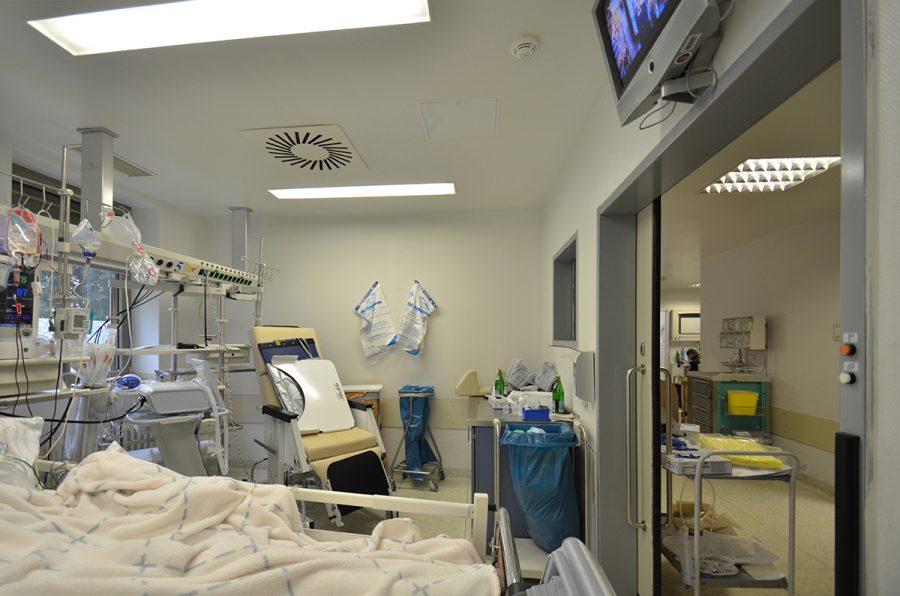

Evaluation of the patients’ surveys
Average evaluation of design and general satisfaction of the patients of both wards in pre-post compar-ison (patients of both wards were only partially captured as only responsive cases could be inter-viewed = the result is contingent representative, however, shows clear tendencies, further studies are required)
GENERAL SATISFACTION
(Evaluation before/after)
a) Satisfaction with the nursing assistance: improvement 28,6% (1,8/1,4)
b) Satisfaction with the medical assistance: constancy 0% (1,8/1,8)
SATISFACTION WITH THE ROOM (DESIGN)
Evaluation (before/after)
c) Satisfaction with the room: improvement 32% (3,3/2,5)
d) Furnishing of the room: improvement 40% (4,2/3,0)
e) Tranquillity in the room: improvement 4,4% (4,7/4,5)
f) Colourfulness of the room: improvement 62,7% (4,4/2,7)
g) Daylight in the room (atmosphere at daytime): improvement 23,1% (3,2/2,6)
h) Artificial lighting in the room (atmosphere in ambient light): improvement 8,6% (3,8/3,5)
i) Privacy in the room (sensation of safety and secureness): improvement 55,2% (4,5/2,9)
Average improvement of the factors of the room: 32,3%

Evaluation of the staff interviews
Average evaluation of design and general satisfaction of the medical staff of both wards in pre-post comparison (the staff of both wards were surveyed almost entirely = the result is representative)
GENERAL SATISFACTION
(Evaluation before/after)
a) Satisfaction with the work (occupation): improvement 12% (3,7/3,3)
b) Satisfaction with the employer (welfare, appreciation): improvement 3,7% (5,6/5,4)
SATISFACTION WITH THE EMPLOYMENT (DESIGN)
(Evaluation before/after)
c) Design of the workstation: improvement 32,5% (5,3/4,0)
e) Quality of the patient rooms: improvement 39% (5,7/4,1)
f) Quality of the rooms of corridors and working spaces: improvement 30,2% (5,6/4,3)
g) Quality of daylight (atmosphere and lighting conditions at daytime): improvement 33,3% (4,8/3,6)
h) Quality of artificial light (atmosphere in ambient light): improvement 54,3% (5,4/3,5)
i) Quality of the colourfulness of the room: improvement 75,6% (5,8/3,3)
j) Identity (visibility of the quality requirements of the clinic): improvement 26,7% (5,7/4,5)
Average improvement of the factors of the room: 40,8%
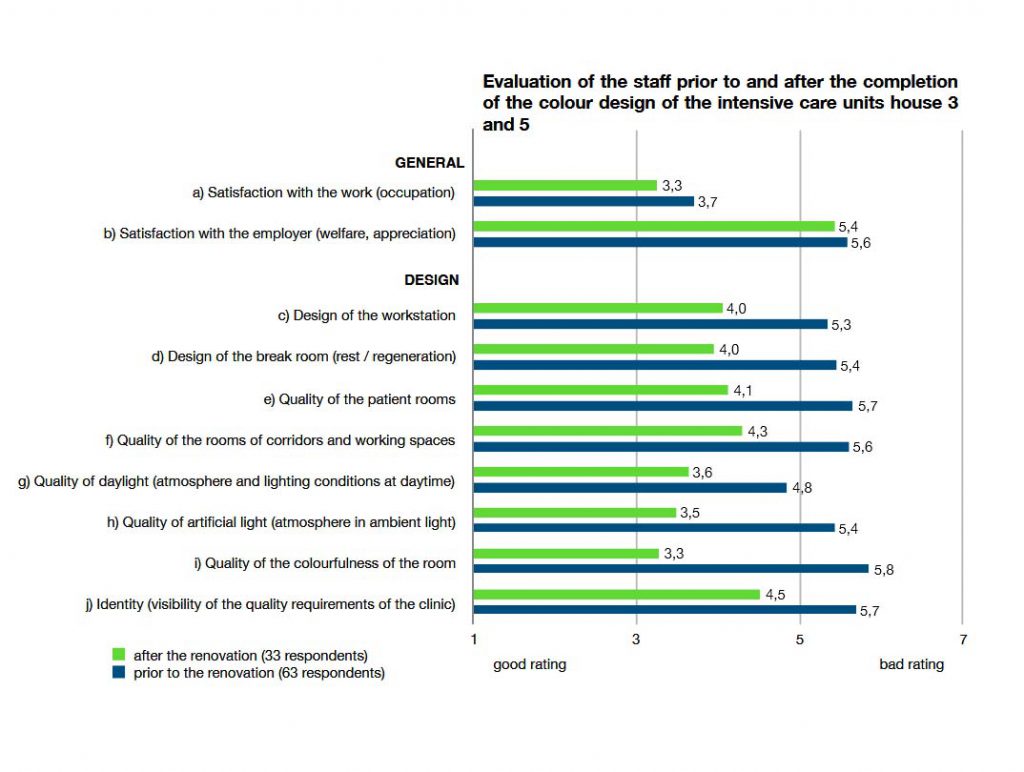
Evaluation of the medical data
Delirium in hospital:
The professional group intensive-care medicine of the HELIOS clinics Inc have elevated the subject delirium in 2016 and 2017 to the subject of focus and founded a corporation delirium, which is being led by the head physician of the clinic in intensive-care medicine, Dr Wöbker. “A delirium is a severe disorder of the cerebral functions. Whereas a third of the internistic patients older than 70 years develop a delirium in hospital, the incidence of surgical patients are settled de-pending on the conducted surgery between 5,1% after smaller surgery and 52,2% after larger surgery. Concerning intensive-care patients, in 30-80% of the cases a delirium occurs – depending on the severity of the disease. The delirium with an increase of the lethality of 3,9 to 22,9% is linked to an up to ten days extended duration of stay in hospital and a worse treatment outcome. In an examination at intensive-care patients could be shown that the survival probability of 1-year declines with every day of delirium by 10%. The delirium leads to a higher post stationary care dependency and at circa 25% of the patients cognitive functional disorders tune in after a delirium, which are comparable with a mild Alzheimer’s disease.”2
²In excerpts rendition of an overview on the topic “Delirium in Hospital”, Zoremba N, Coburn M: Acute confu2-sional states in hospital. Dtsch Arztebl Int 2019; 116: 101-6. DOI: 10.3238/arztebl.2019.0101
Issue:
Which effects do environmental factors such as colour and light have on the consumption of medica-tion in intensive-care medicine?
Setting of research:
The consumption of benzodiazepines and neuroleptics was measured in two time intervals of each 9 months prior to and after the colour design.
Evaluation:
At the benzodiazepines, no significant shift was observed. At the neuroleptics, clear shifts occurred. Within the reference period, the consumption decreased by averagely 30,1%. In the Intermediate Care Station (IMC), where patients are admitted by an up to 2-days length of stay, the consumption de-creased in the reference period by about 51%. At the surgical intensive-care unit (B3-EGI) the con-sumption decreased in the reference period by about 15,9%. In the non-surgical (internistic/neurolo-gical) intensive-care unit B5-3I (10 patient rooms, 20 beds) the consumption decreased in the refer-ence period by about 23,3%.
